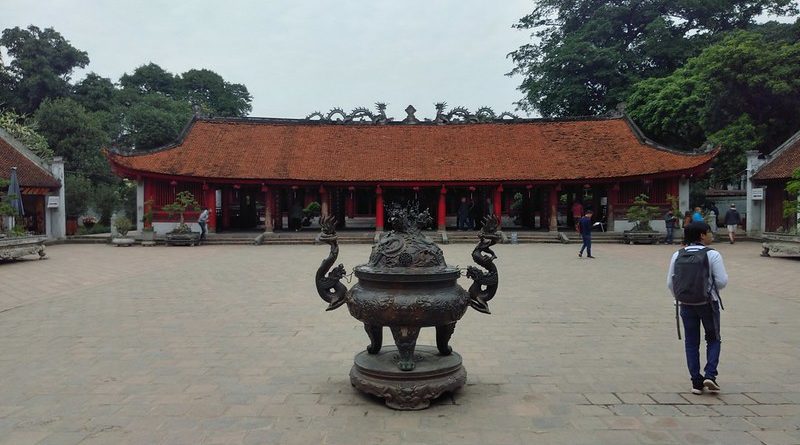Top Five Hanoi
Vietnam’s capital city, Hanoi, has a long extensive history, having recently celebrated its 1000th birthday in 2010. While it has since been eclipsed by Ho Chi Minh City in terms of size, Hanoi remains Vietnam’s most interesting and beautiful major city. A major centre of French Indochina, the city’s architecture is a combination of old and new, and Eastern and Western.
Ho Chi Minh Mausoleum
The resting place of the iconic Vietnamese leader and the founder of the Democratic Republic of Vietnam. This is one of the city’s most important and popular sites. A celebration of the highly influential Communist leader, the mausoleum takes inspiration from Lenin’s Mausoleum in its design and purpose. The leader’s body has been preserved and can be viewed in its glass case. There is a strict dress code for visitors and there are rules about behaviour inside the mausoleum. No photography or noise is permitted and even body language is regulated. Adjacent to the Mausoleum is the Ho Chi Minh Museum, which celebrates the achievements of its namesake. The complex gives visitors an impression of the leader’s huge cultural impact on the country, for better or for worse.
Temple of Literature
One of Hanoi’s oldest cultural sites, the Temple of Literature is a Confucian temple established nearly 1000 years ago in 1070. One of the most iconic buildings in the country, the Temple of Literature is a beautiful and contemplative place and home to the country’s first University. It remains an important educational institution in addition to one of Vietnam’s greatest cultural and historical treasures.
Hoa Lo Prison
One of the most notorious sites in the country, How Lo Prison has been a significant place throughout Vietnam’s history. The prison was constructed by the French colonists at the end of the 19th Century and was utilised to house mainly Vietnamese political dissidents. The prison was an early hotbed of Communism in Vietnam, with many future leaders establishing links within the prison. Following the cessation of French control, the prison again grew in significance during the Vietnam War as a notorious POW camp. Nicknnamed the ‘Hanoi Hilton’, the prison was one of the most notorious of its kind during the conflict, with many American POW’s imprisoned there. In the decades since, Hoa Lo has been converted into a museum, mainly focusing on its time as a French prison.
Hoan Kiem Lake
One of the most peaceful and quiet spots in Hanoi, Hoan Kiem Lake is a major location in the city’s historic centre. A contemplative space amidst the frantic energy of Hanoi, Hoan Kiem features a number of important landmarks, including the Temple of the Jade Mountain and Turtle Tower. It is believed that a number of turtles live in the lake with irregular sightings occurring.
National Museum of Vietnamese History
One of the city’s most important museums, the National Museum of Vietnamese History emerged from an offshoot of the French School of the Far East, a colonial institution established at the beginning of the 20th Century dedicated to the study of Asian cultures. Following the collapse of French rule in Vietnam, the museum was eventually acquired by the government and refocused as a comprehensive historical museum, charting the country’s history from pre-history up until the present day.
Destination – Vietnam




